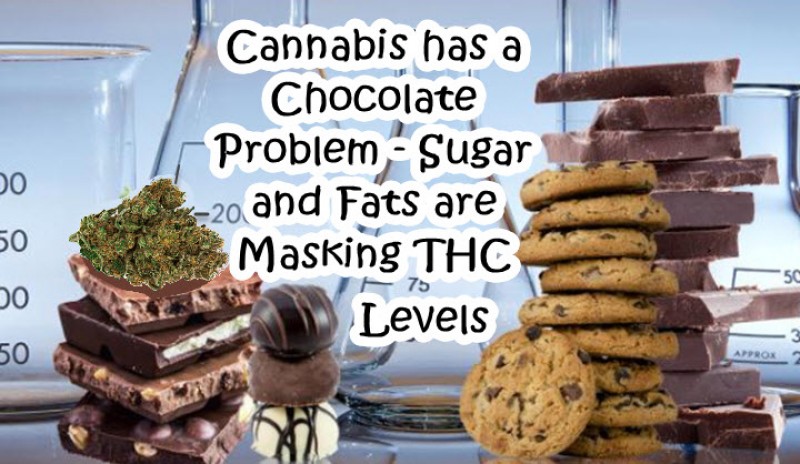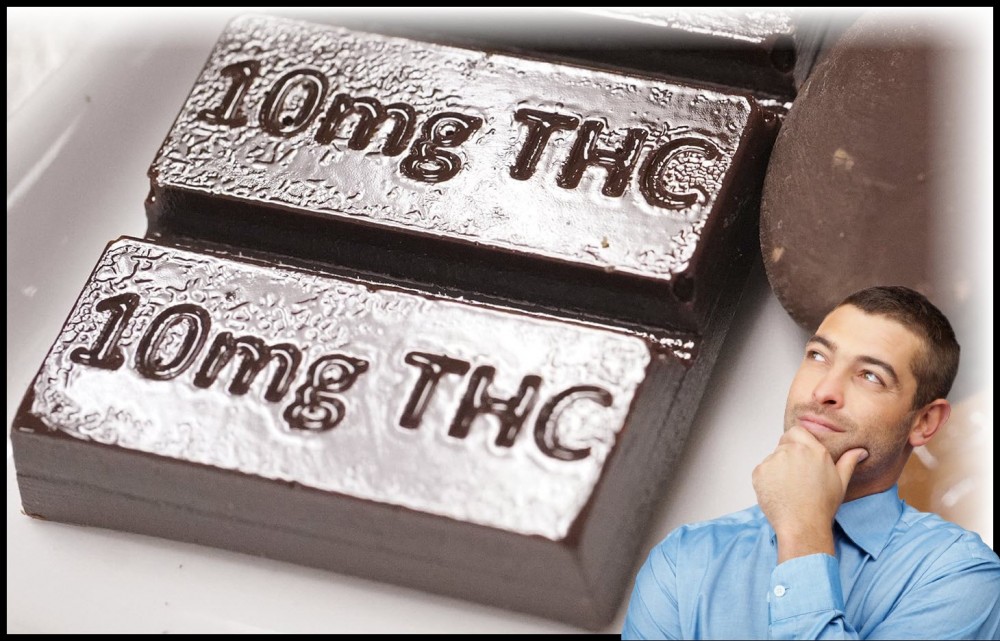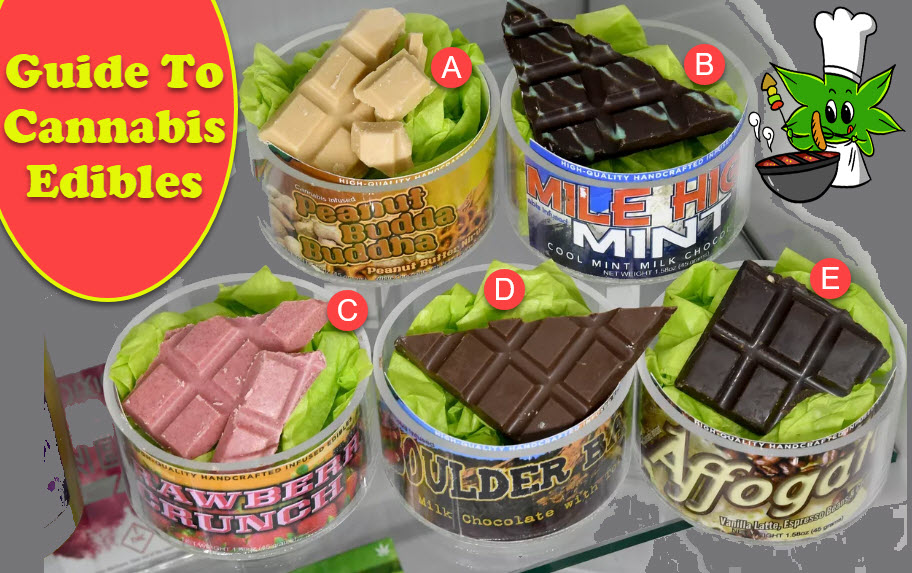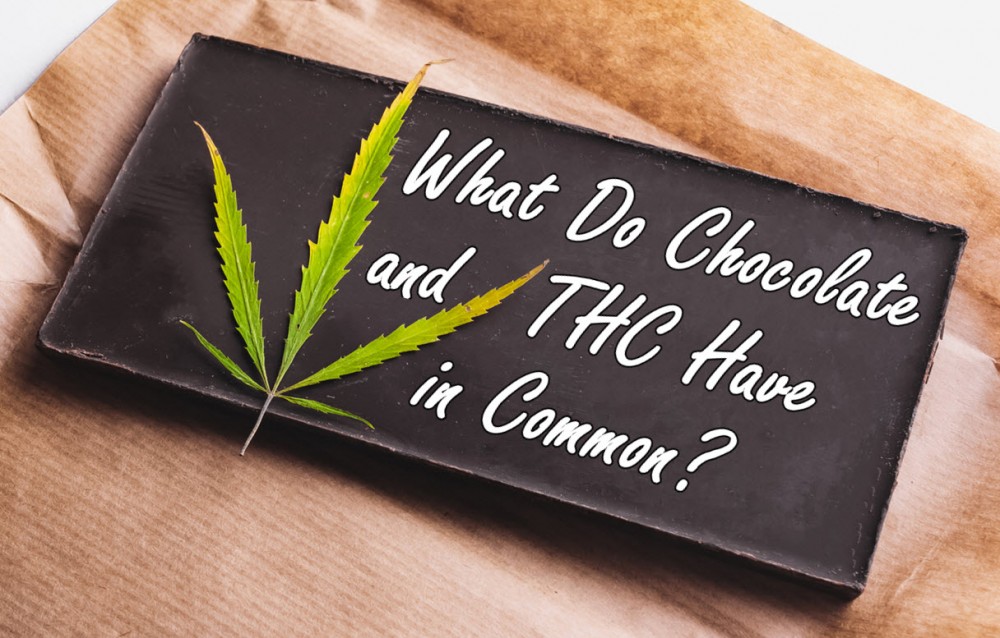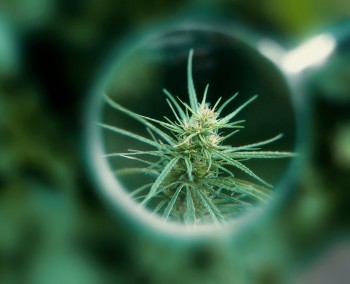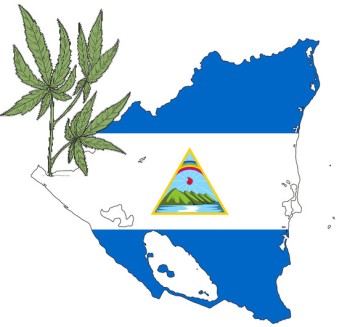Chocolate Most Potent Ingredient For Edibles Says Study
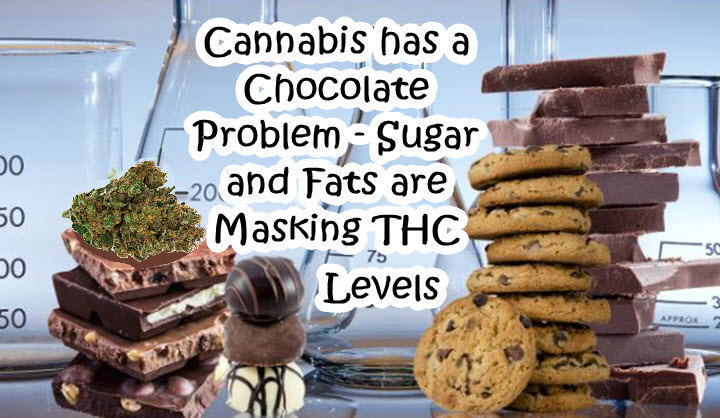
Cannabis edibles are becoming a popular way to get high for many consumers.
Edibles are known for delivering the potent effects of cannabis through a delicious way, and they also last much longer than just smoking it. Not to mention the billion-dollar edibles industry, which has proven more lucrative than we thought.
Aside from being a powerful way to get high and make money, a new study has revealed fascinating information on one well-loved ingredient commonly used in edibles: chocolate. Specifically, the study found that when THC is infused in chocolate, it makes it much more difficult to determine how potent a product is, which may explain why some people tend to get higher compared to smoking bud.
The researchers from CW Analytical Laboratories worked on potency testing for chocolate edibles during the study because it’s an extremely common product. They were surprised by the results.
They also found that chocolate, as well as other ingredients, tend to suppress how much THC is detected which is why manufacturers can easily mistake how much THC is present in an edible during testing. This result is known as the matrix effect, explained by the phenomenon that when there is more chocolate present in an edible, the less THC is detected but THC is more obvious in food that has less chocolate.
In other words, chocolate makes THC seem to “hide.” The researchers aren’t sure why this happens, though they suspect that it may be the fat content of chocolate that manipulates the results, also suggesting that THC is fat soluble.
“My research focuses on cannabis potency testing because of the high stakes associated with it,” explains David Dawson, Ph.D., chief researcher of the study. “If an edible cannabis product tests 10% below the amount on the label, California law states that it must be relabeled, with considerable time and expense. But it’s even worse if a product tests 10% or more above the labeled amount – then the entire batch must be destroyed.”
“When we had less cannabis-infused chocolate in the sample vial, say 1 gram, we got higher THC potencies and more precise values than when we had 2 grams of the same infused chocolate in the vial,” Dawson explains. “This goes against what I would consider basic statistical representation of samples, where one would assume that the more sample you have, the more representative of the whole.” They believe that there is another compound within the chocolate, which does indeed suppress signaling of THC.
“Simply changing how much sample is in the vial could determine whether a sample passes or fails, which could have a huge impact on the producer of the chocolate bars, as well as the customer who might be under or over dosing because of this weird quirk of matrix effects,” he says.
Dawson is now working on what compound within chocolate contributes to the matrix effect. He’s already attempted infusing a standard solution with different amounts of chocolate products such as a chocolate bar, baker’s chocolate, cocoa powder, and white chocolate. All of these contain varying ingredients, which will help him observe how the signaling process changes.
“Our best lead right now is that it has something to do with the fats, which makes sense considering that 9-THC is fat-soluble,” he says.
The researchers eventually want to study other types of cannabinoids including CBD, which is also increasingly being used in edibles. They will also eventually study other kinds of food matrixes including chocolate chip cookies.
“We owe this research to the scientific community, the producers and the consumers,” Dawson says. “We have to be able to provide highly accurate and precise testing across a wide swath of matrices.”
Though the researchers were surprised, industry leaders weren’t.
“While this is the first study demonstrating a reason for inaccuracy in measuring the potency of THC, the fact that potency can be variable and higher in edibles has been known for quite some time. It’s very likely there are other ingredients that have similar effects that just haven’t been formally studied,” said Senior Medical Advisor at Elevate CBD, Murdoc Khaleghi, to Newsweek.
But the good news for consumers is that if you want to get higher, your best bet is to eat chocolate-infused THC goods.’
CANNABIS CHOCOLATES, READ MORE...
WHY YOUR THC LEVELS ARE WRONG IN THOSE CHOCOLATE BARS!
OR..
CANNABIS EDIBLES AND CHOCOLATES GUIDE, CLICK HERE.
